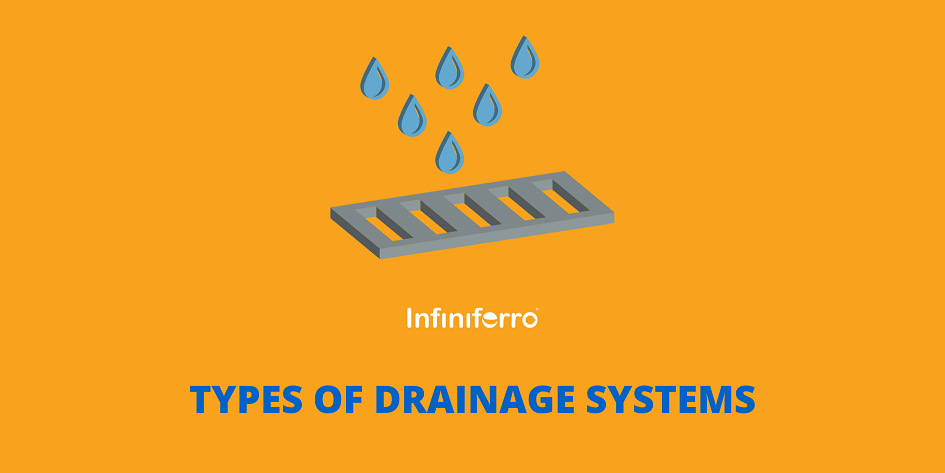
A drainage system is a construction that is a medium for flowing water from one point to another which is considered very important to help the process of flowing water such as rainfall, so that puddles or floods do not occur. There are several types of drainage systems that you need to know about. Let’s read the article below.
Based on its manufacture
1. Natural drainage
This drainage is naturally formed without human intervention, generally without any support. This drainage is formed by the scouring of water moving due to gravity so that gradually and over a long time will form a permanent waterway, such as a river.
2. Artificial drainage
This type of drainage is designed and built for a specific purpose. Usually adapted to water management. Artificial drainage requires special construction and costs because it requires materials such as pipes, concrete, or stone. Examples of artificial drainage are gutters, culverts, canals, and ditches. Usually, this type of drainage will be closed using manhole covers and gratings.
Types of drainage systems based on the location of the channel
1. Surface Drainage
Surface drainage can be seen directly because it is at ground level. This drainage is usually used to prevent stagnant water in residential areas. This drainage system directly flows water to the drainage channel, so there is no stagnant water.
2. Underground drainage
This drainage requires pipes as a medium for channeling water. Located underground so it does not interfere with activities on the ground surface.
Based on function
1. Single Purpose Drainage
This drainage serves to drain one type of water in the sewer, for example, water from household waste, rainwater, or industrial waste.
2. Multi-Purpose Drainage
This drainage drains various kinds of wastewater, either in rotation or all at once, for example, the drainage used to dispose of household waste as well as rainwater.
Types of drainage systems based on construction
1. Open Drainage
This drainage is useful for draining rainwater over a large area. In addition, it also functions to distribute water that does not harm the environment.
2. Closed Drainage
This drainage serves to drain water containing waste. This drainage is made closed so that the waste does not have direct contact with humans so it does not endanger the community and the environment.
Types of drainage by area
1. Highway drainage
Drainage on main roads is generally closed and made into sidewalks or shoulders, so as not to disturb the activities of road users. This type of drainage system serves to drain the water so it does not stagnate and damage the road construction or cause erosion on the road body.
2. Airport drainage
The airport area is very wide, flat, and paved so that water does not flow easily. Even though stagnant water at the airport is hazardous for aircraft. Therefore it needs a good drainage system for the airport.
3. Drainage of sports fields
Drainage on highways and drainage on sports fields is responsible for draining water so that puddles do not occur which can damage sports facilities infrastructure.
So, those are the types of drainage systems you need to know about. If you need manhole covers to cover drainage holes, make sure to choose quality and tested manhole covers like Infiniferro’s manhole covers.

Leave a Reply